Posted In Animals | 12th March 2020
24 Hours in Dublin Zoo
Have you ever wondered what it’s like at Dublin Zoo before the gates open and after they close?
Dublin Zoo is an active place from daybreak to darkness and different animals tick to different body clocks explains Dublin Zoo Director, Leo Oosterweghel, who lives at the Zoo. Much of what Leo is about to tell you is unseen by visitors…
Before the break of dawn
“The siamang gibbons often start their day before dawn breaks. Their call is an amazing hooting, a bellowing that travels a huge distance. They are the Zoo’s wakeup call, our alarm clock if you will. They are very territorial and their call says we live here, please stay away.”
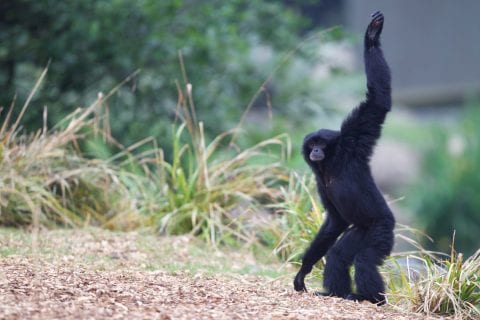
Sunrise
“Lions call at dawn. A lion’s roar can be heard from as far as eight kilometres away. Dublin Zoo has four lions in its pride. There are between 400-500 Asian lions in the wild, with the entire wild population of these lions found in the Gir Forest in India.”
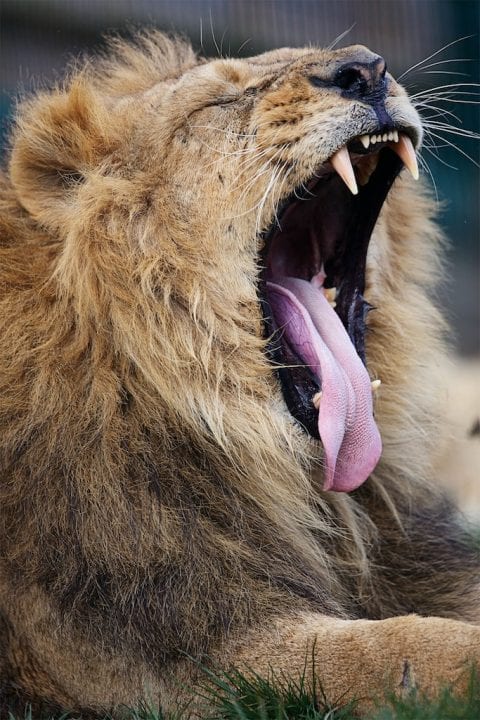
8.30am
“Next out of bed are the lemurs from Madagascar. They greet the day with a very long growl that has a mechanical sound quality to it. On the island of Madagascar it is believed that lemurs were the spirits of one’s ancestors and since it was taboo to interfere with the spirit of one’s ancestors lemurs have been left untouched, which has helped with their conservation.”
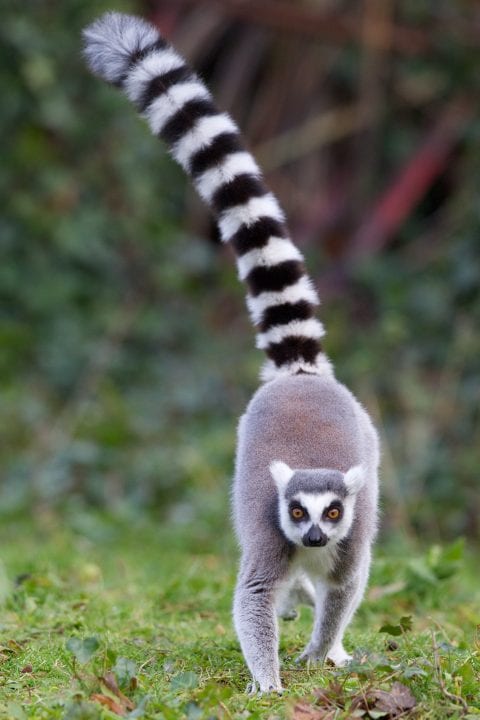
2pm
“Sulawesi crested macaques are very day active, endlessly grooming, searching for food and communicating with each other. When searching for food, they will often not stop to eat but instead will fill their cheek pouches and chew and swallow later. Sulawesi macaques have many ways of communicating. They will often call to one another, show their teeth, and smack their lips together. They are also able to move their tufts of hair to show emotions and to communicate. They have been known to greet each other by sniffing each other’s bottoms and embracing.”
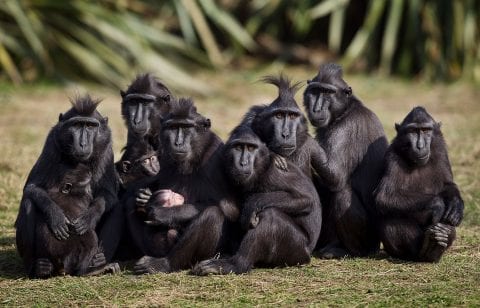
Dusk
“For snow leopards, dusk and the ensuing darkness is not a trigger for sleep. At night they sniff around their habitat. They are often asleep during the day with their long, bushy tail curled along their bodies and covering their nose to keep warm.”
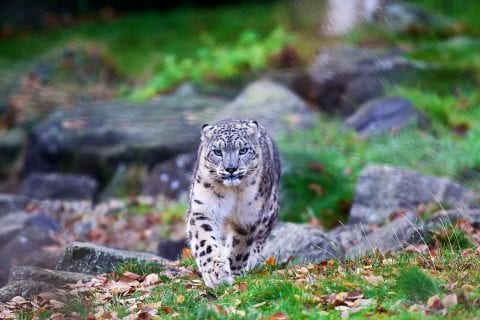
Sunset
“The peafowl bed down at sunset. The peacocks and peahens congregate on the path and strut around as they know its perching time. This is always interesting to watch. They perch on the huge branches of the cedar tree, near the Kaziranga Forest Trail. Each bird selects a bough with all the birds spaced out within the uppermost branches of the great tree. This way they are safe from ground-dwelling predators.”
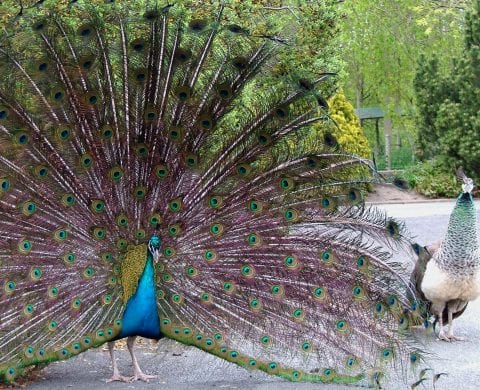
Midnight
“In winter, when it’s really dark, at midnight is when you might hear the wolves howl. They concert in perfect harmony. It is a continuous howl that lasts for quite a few minutes. Wolves are very intelligent. In the wild, if a wolf splits from the pack, he howls to let them know where he is so they can be reunited. There is amazing consensus and cooperation amongst the pack members and there is a division of labour.”
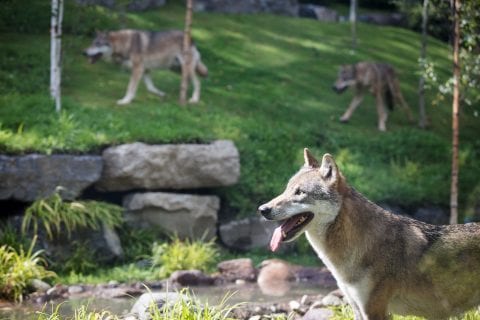
Midnight
“Sometimes at one or two in the morning, you’ll hear a bark from the sea lions, usually when people or a car passes by the Zoo. You could say they are the guard dogs of the Zoo. They sleep on the islands in their pool where they are safe from potential predators. They sleep together as a group for warmth and for body contact between them. In the wild, they are hunted by certain predators such as killer whales and alarm each other of impending danger with a bark. In the morning they slip into the water for a refreshing wake-up wash and dip.”

Check out our yearly opening hours here to plan your next visit to Dublin Zoo.
